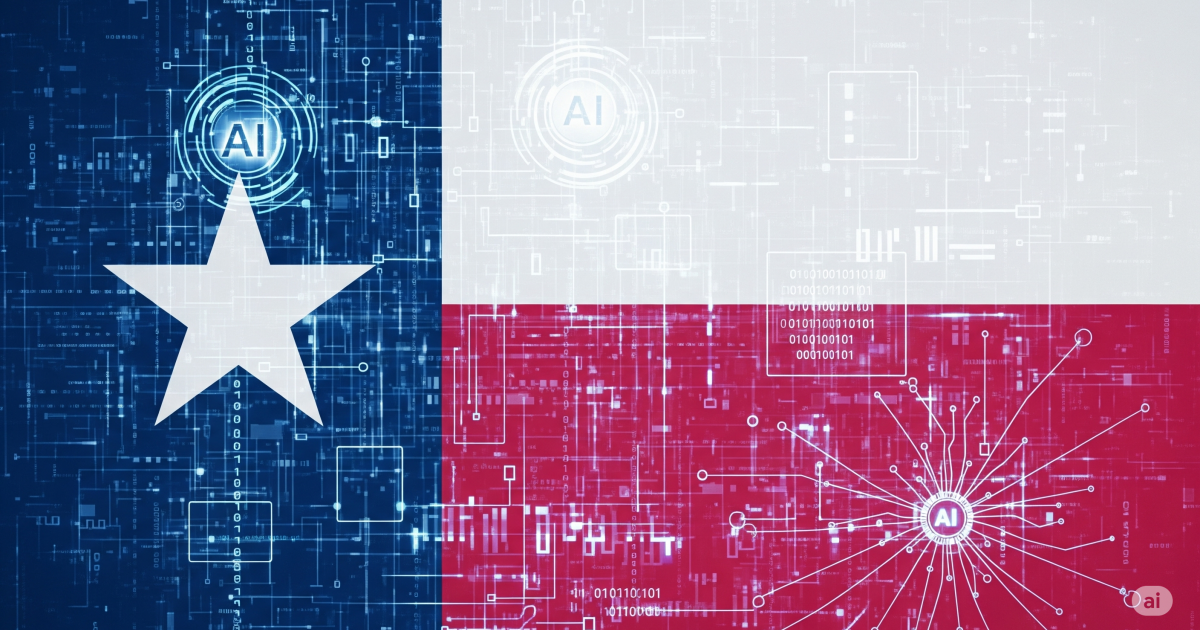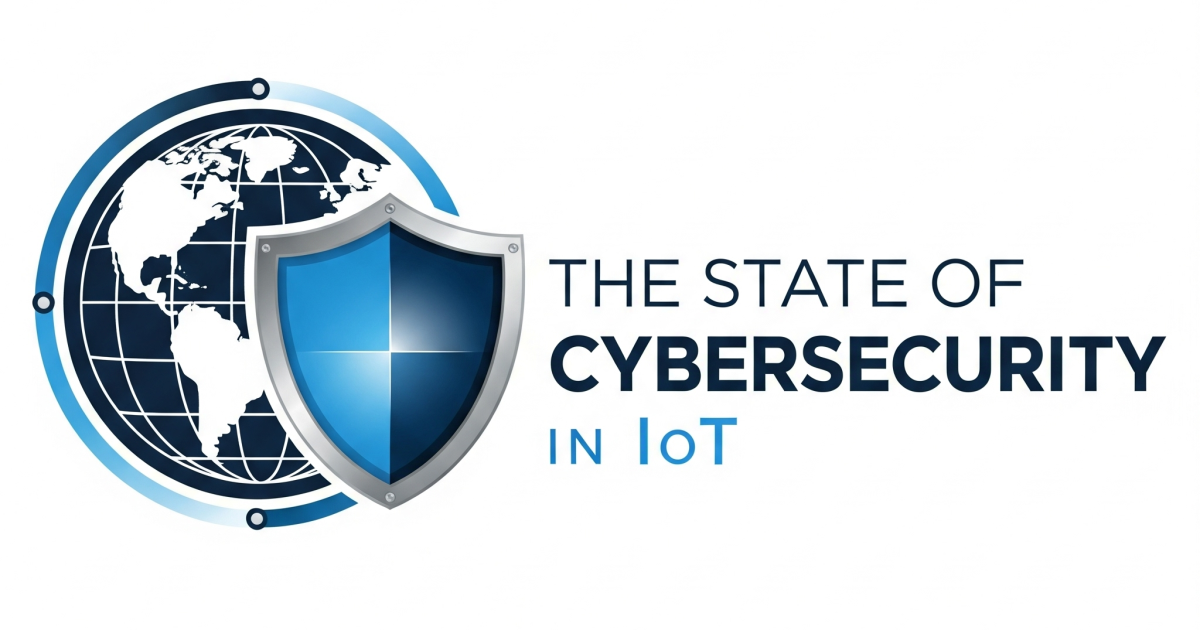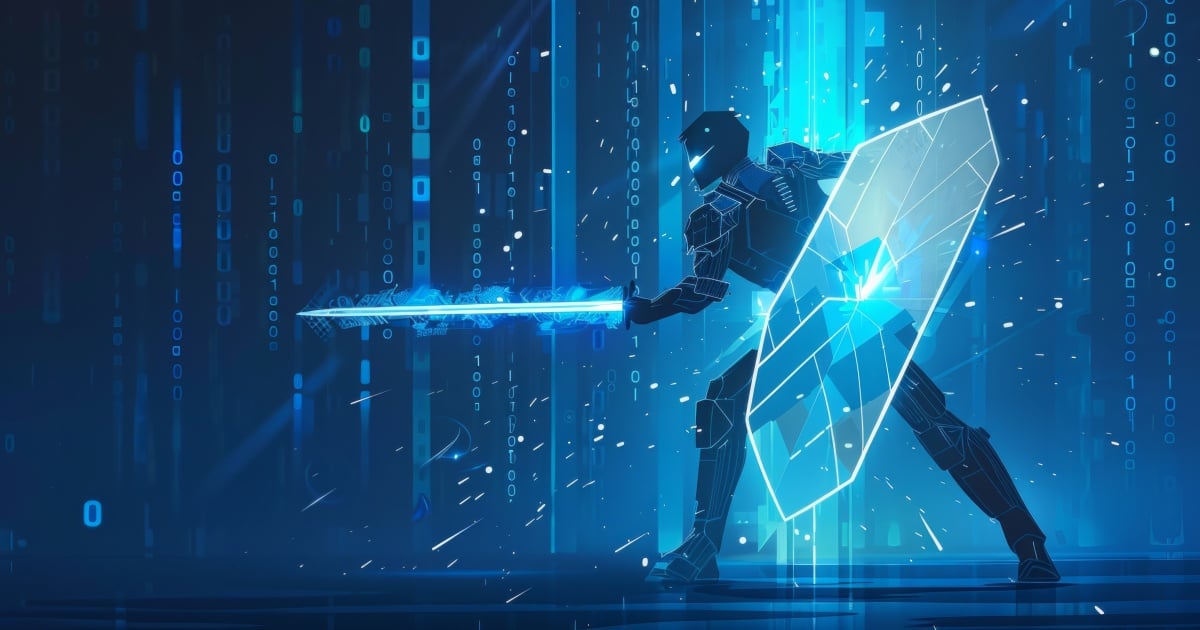Following the IoT Evolution Expo, collocated with ITEXPO, keynote today by Fred Yentz, the Telit CEO welcomed Jason Hallstrom of Florida Atlantic University to the stage to share what FAU is doing to bring the Internet of Things to the university, to government, and to business.
“The future of IoT is here today,” said Hallstrom. “The future of IoT is now.”
Telit partner FAU has made IoT, sensing, and smart systems a central part of its work. The organization sees itself as a catalyst for interdisciplinary work on efforts such as monitoring our aging infrastructure, helping the aging populace live alone longer, and other important work such as water conservation.
FAU has efforts in the health and behavior, infrastructure systems, and marine and environment realms. And Hallstrom this morning talked about a few of them.
One involves storm water monitoring. FAU worked with Aiken, S.C., to build an IoT application that leverages sensors to collect waterfall and water availability at various points in its lifecycle. It also employs tools to analyze that data. The effort also involves consideration of the impact on the environment and the water quality.
It took three years to build the private cloud infrastructure to provide all the necessary data, Hallstrom said. And it took just two weeks to convert that to the Telit deviceWISE platform. That, Hallstrom said, is a testament to how easy it is to use that platform.
FAU is also involved in a separate water-focused effort through its marine and environment unit. The university has created what it calls an environmental macroscope. This solution provides visibility about something that is too large, as opposed to too small as a microscrope would, he explained.
In this case, that has to do with data related to water in the Savannah River Basin. Collection and analysis of this data provides water managers with the information they need to make more intelligent decisions on when to time water withdrawals and how to price and allocate water, he explained.
And this quarter, he added, FAU will be employing the macroscope in an effort related to the Kissimmee River. In the 1960s, the Army Corps of Engineers channelized that river to avoid flooding, which was good, he said, but it had ecological impacts that took years to manifest. The macroscope work, he said, is expected to provide a world model for how river and water conservation can work.
Edited by
Alicia Young





